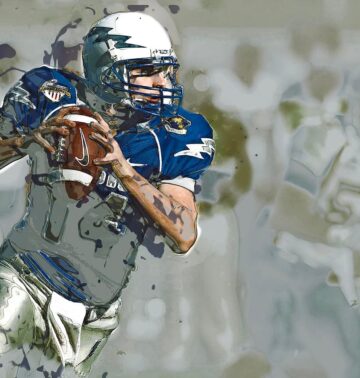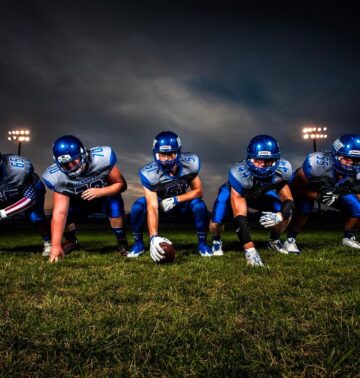The All Blacks, New Zealand’s rugby team, aren’t just any team. They’re a symbol of excellence and hard work. No wonder they became the most successful rugby team globally. From …

Rugby Sports School
Rugby Sports School

The All Blacks, New Zealand’s rugby team, aren’t just any team. They’re a symbol of excellence and hard work. No wonder they became the most successful rugby team globally. From …

